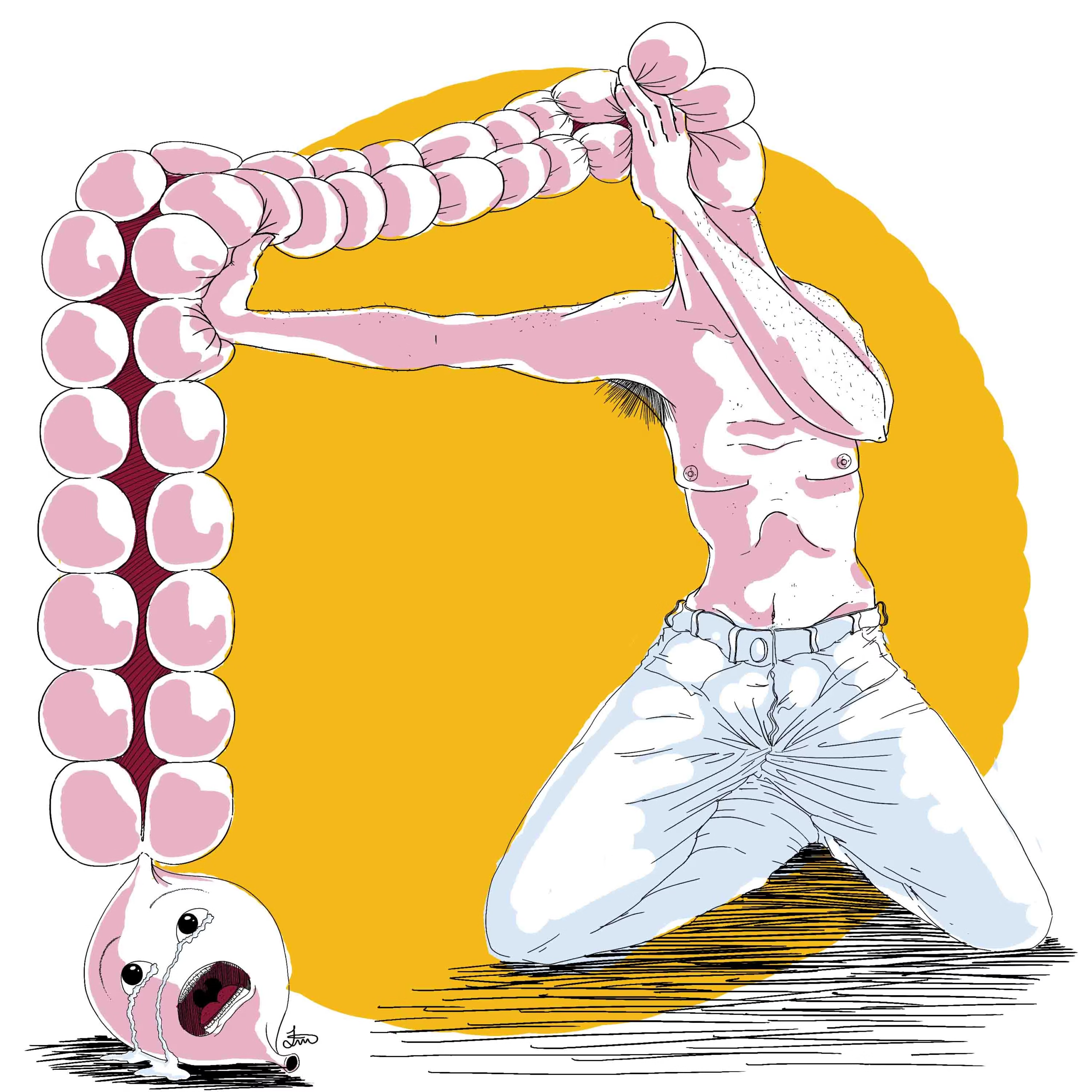The Waterloo Region Council approved a protected bike lane pilot project, and as a result, there has been passionate discussion about the value and benefits of improved biking infrastructure in the Region. So what’s the big deal?
In the past, the Region had a disconnected set of trails and bike lanes. To travel along the most efficient routes by bike, often meant taking your life in your hands (e.g., University Ave, Westmount Ave, Victoria, Ottawa, etc.). Road rules dictate that bikes should follow the same rules as their automotive counterparts, however this leads to frustration. Neither cyclists nor drivers want bikes to slow down the heart of our cities. And way too many cyclists have died needlessly in the Region. If cycling is an afterthought on most local roads, then how can drivers be expected to think about them either?
Many people in the Region enjoy cycling — from families out enjoying a sunny day, to the die-hard all winter commuter. Many of us enjoy riding a bike and prefer it (or chose it for more practical reasons such as cost) throughout the year. While there are several trails for families to ride safely, crossing roads has still been a challenge. For bike commuters, the main arterial roads are not only scary but have proved fatal on a number of occasions. And we can hardly blame drivers as driver training and road design hasn’t emphasized cycling.
My family needs to ride along Glasgow to get to our local trail. Even with recent upgrades that include dedicated lanes, I worry about the safety of roads over sidewalks (though sidewalks are generally considered more dangerous).
Along one section, the bike lane alternates between a typical and a raised lane with several abruptly curving switches. Drivers cut the corners to increase their speed and I fear that my children will be in the curve when they do. Near Westmount, where both bike lanes and left-turning lanes won’t fit, the bike lanes disappear altogether. I assume cyclists are meant to take over the lane (which drivers don’t expect). This is very confusing, intimidating and dangerous for new riders.
So the biking community let out a collective sigh of relief when the Region finally indicated their intent to investigate and look for potential infrastructure-related solutions. There have already been some significant changes that have become more apparent since ION construction finished, such as a “bike-way” across Erb and a more contiguous trail system including more on-road bike lanes. The Region’s Cycling Master Plan is finally starting to play out, and the most exciting part, is the protected bike lane pilot project on King St. in Waterloo.

While fatal accidents can be prevented, expanding the system can get costly and the lanes require additional space. However, people also report “complete” streets feeling safer and nicer to walk along and much of the cost is offset by the benefits.
With such significant local development and the impending LRT, now is a perfect time to invest in cycling infrastructure as we begin a cultural transformation surrounding how we get around. There’s also that issue of needing to drastically cut our emissions if we want to curb the worst effects of climate change.
I hope that you will join me in the spring and test out our new protected bike lanes and give the Region your feedback. If you don’t have a bike, Community Access Bikeshare (CAB) makes them available around the Region. As well, great local sources include TriTag, a local organization that offers amazing information on all things transportation and the online “Active Waterloo” report is also really informative.
Making bike lanes safer and more accessible is just a small step that we can take to make KW more sustainable for our future.
Stacey Danckert is the co-director of Waterloo Region Environment Network (WREN).




Leave a Reply